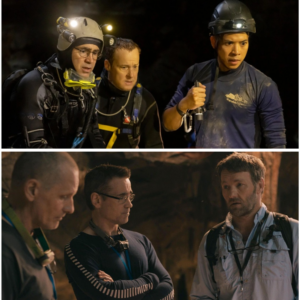The Marvel Cinematic Universe never stays too beholden to the comics, dropping various plot points and characters to better fit the mold of the films.
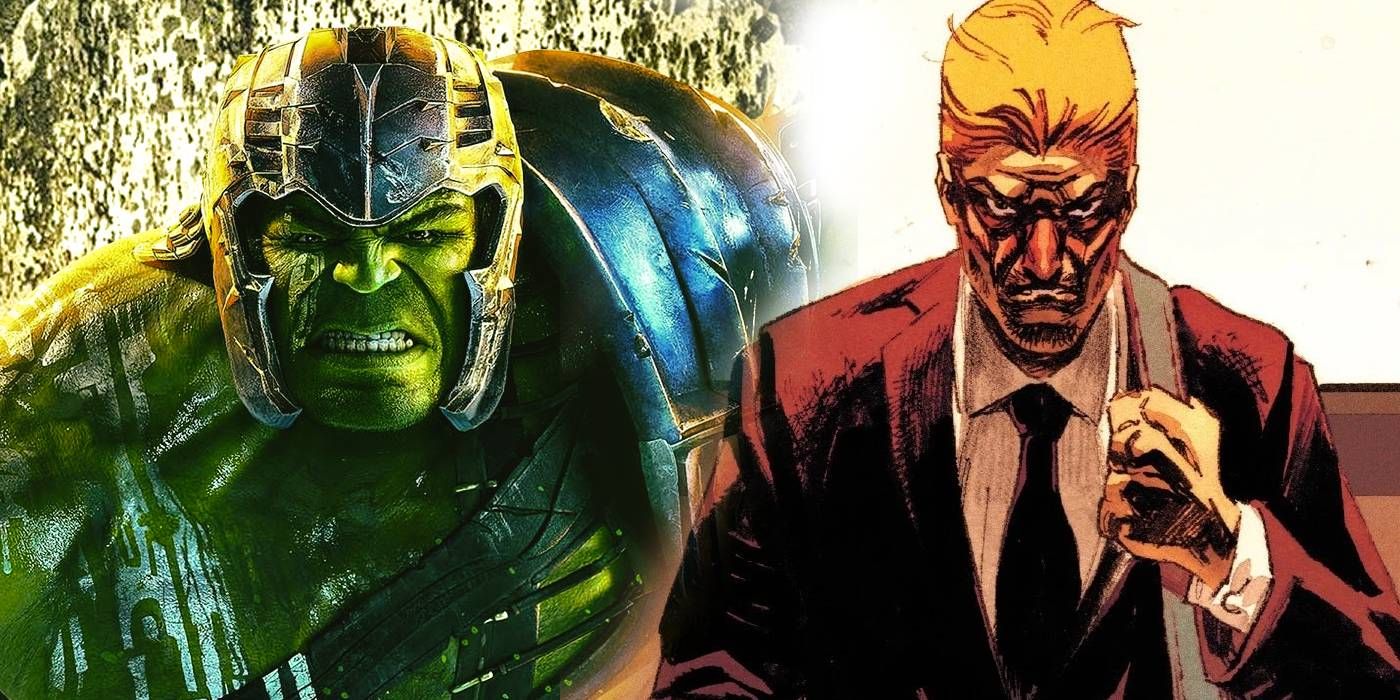
The Marvel Cinematic Universe has a loose relationship with the original Marvel Comics, often completely ignoring them and re-inventing characters and events to suit their own needs. Being based off of the historically successful Marvel Comics, it seems as though the MCU should want to strive for accuracy to the source material whenever possible. In reality, even the best MCU movies often make some level of deviation from the comics, if not outright eschewing them in favor of an original narrative.
There are several reasons Marvel Studios is frequently very justified in making huge changes to the comic storylines they adapt. Sometimes, legal situations regarding the rights of certain characters, like The Hulk or the X-Men, have restrained them in the past, taking the spotlight away from these heroes if not nixing them altogether. Other times, the MCU is too beholden to its previous films, only able to juggle so much with the limited filmography of each Marvel phase. The cinematic powerhouse often needs to make adjustments in order to best suit Marvel’s classic stories to their own narrative needs.
10. The Mandarin In Iron Man 3
A fakeout that many fans didn’t find amusing
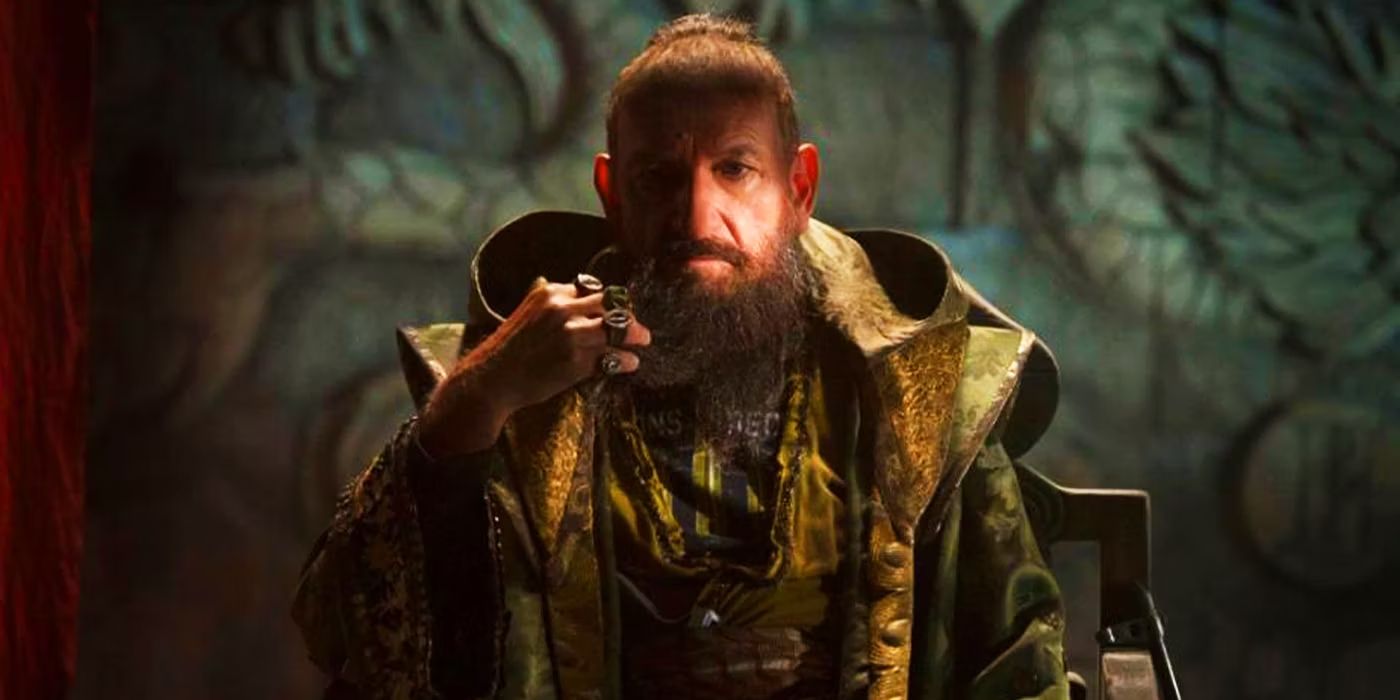
Though they haven’t exactly crossed paths in the MCU, the Mandarin is one of Iron Man’s most notorious archenemies in the comics, using his magical ten rings of power to foil the technological prowess of Tony Stark’s suits. While the Ten Rings terrorist organization hinted at the warlord’s existence in the first Iron Man, the villain himself had not even the faintest hint of an appearance. Finally, in Iron Man 3, it seemed as though the Mandarin would finally come to life within the MCU.
As it turned out, the elusive Mandarin plaguing Tony Stark in the third installment of the Iron Man trilogy would turn out to be a paid actor, merely impersonating the actual figure as a scare tactic. This disappointment was only compounded by the real Mandarin’s appearance, and death, in Shang-Chi and the Legend of the Ten Rings, following Tony Stark’s own demise within the MCU timeline. It’s an utter tragedy that die hard comic fans never got to see Iron Man and the Mandarin duke it out in a big-budget movie.
9. Hawkeye’s Secret Family
Hawkeye is a family man rather than a ladies’ man
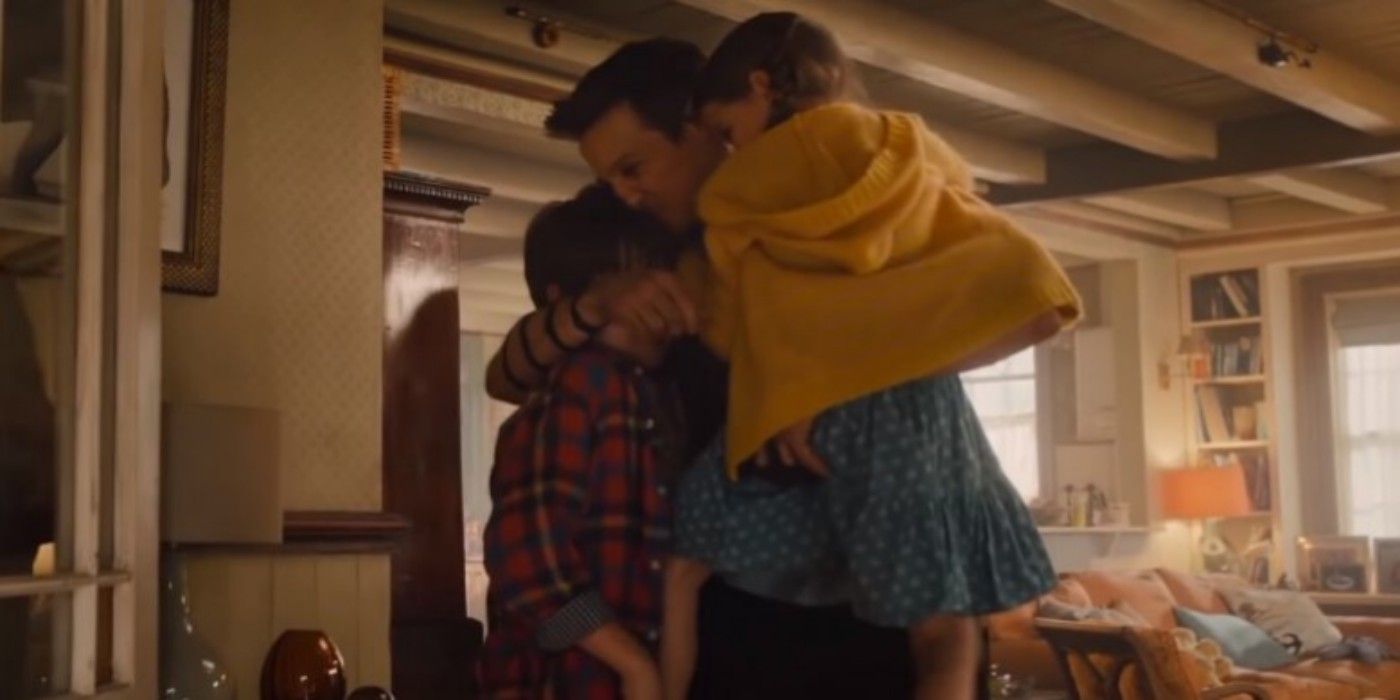
Hawkeye is notable among the original Avengers team for being the only founding member to have something of a normal family. In Avengers: Age of Ultron, the MCU revealed that the dashing archer actually had a loving wife and kids sequestered away on a hidden farm in the remote country, kept in a sort of witness protection by S.H.I.E.L.D. Hawkeye’s family would go on to be a huge crux of his story in his eponymous Disney+ series, in which his devotion to them is truly highlighted.
Meanwhile, the Hawkeye of the comics has a very different love life. Rather than being the only Avengers member to have a stable, loving family waiting for him after every mission, Hawkeye is actually one of the most promiscuous members of the team, a serial dater with no signs of slowing down. His notable love interests include Moonstone, Spider-Woman, Night Nurse and an on-again-of-again relationship with Black Widow.
8. Scarlet Witch & Quicksilver’s Backstory
From mutants to experiments
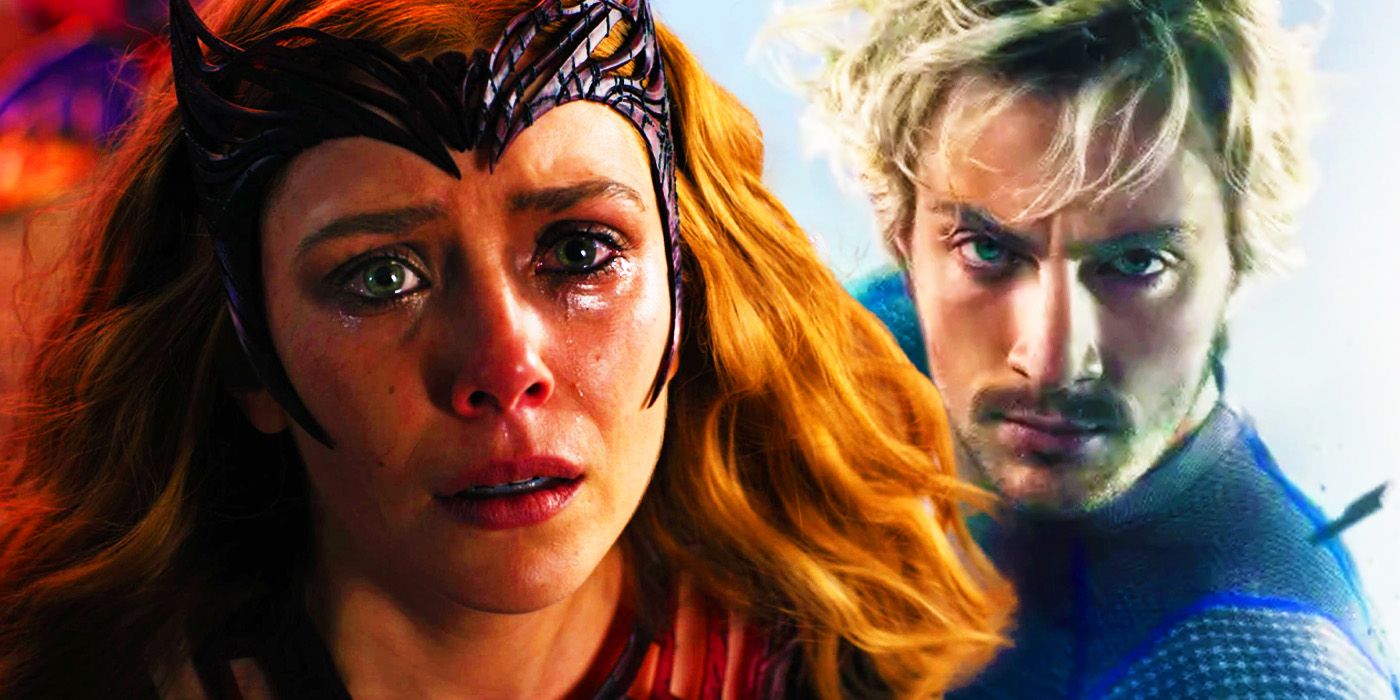
Due to Fox’s historic ownership of the X-Men, most mutants were off-limits for the MCU to use early into the series’ life. The one pair of superpowered anti-heroes that managed to escape the clutches of the mutant world were Scarlet Witch and Quicksilver, being in a legal gray area thanks to being equally associated with the X-Men and the Avengers. This explains why Fox’s X-Men movies also featured a version of Quicksilver, a full-fledged mutant who steals the show in every scene he pops up in.
Meanwhile, Avengers: Age of Ultron introduced the Maximoff siblings as citizens of Sokovia who volunteer for experimentation at the hands of HYDRA, granting them their powers via exposure to Infinity Stone. In WandaVision, it’s revealed that Scarlet Witch actually had latent magical powers as a sorceress that were merely activated and enhanced by the Infinity Stone. Though some MCU characters have been confirmed as mutants retroactively, it doesn’t seem as though the Maximoff twins will be reverting to their old heritage as Magneto’s children any time soon.
7. Tony, Happy And Pepper’s Relationship Is Much Simpler
Everyone knows their role in the MCU
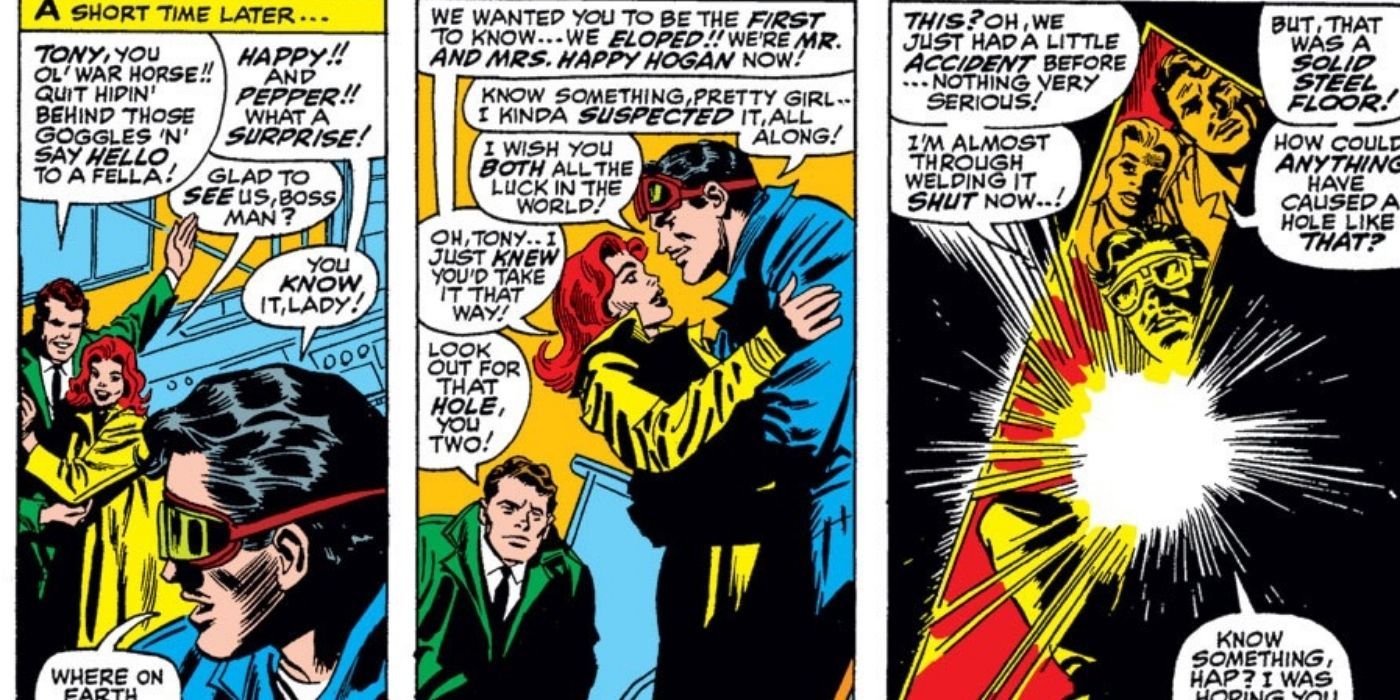
Pepper Potts and Happy Hogan, beyond having alliterative names, share the distinction of being two of Tony Stark’s closest friends. While both start their relationship with Tony Stark merely working for him, they grow into lifelong partners, both romantic and platonic. The two’s relationship with each other isn’t explored too much in the Marvel Cinematic Universe, but the comic versions of the characters present much more drama.
In the comics, Pepper, Tony, and Happy are actually three points of a complicated love triangle, with both of the men gunning for Pepper at various points in time. The ultimate “winner” of Potts’ affections does seem to ultimately be Tony, but there is an argument to be made that he is merely the consolation prize after Pepper and Happy’s marriage went south.
6. Thanos’ Motivation
From courting death to a strange ethos of resource management
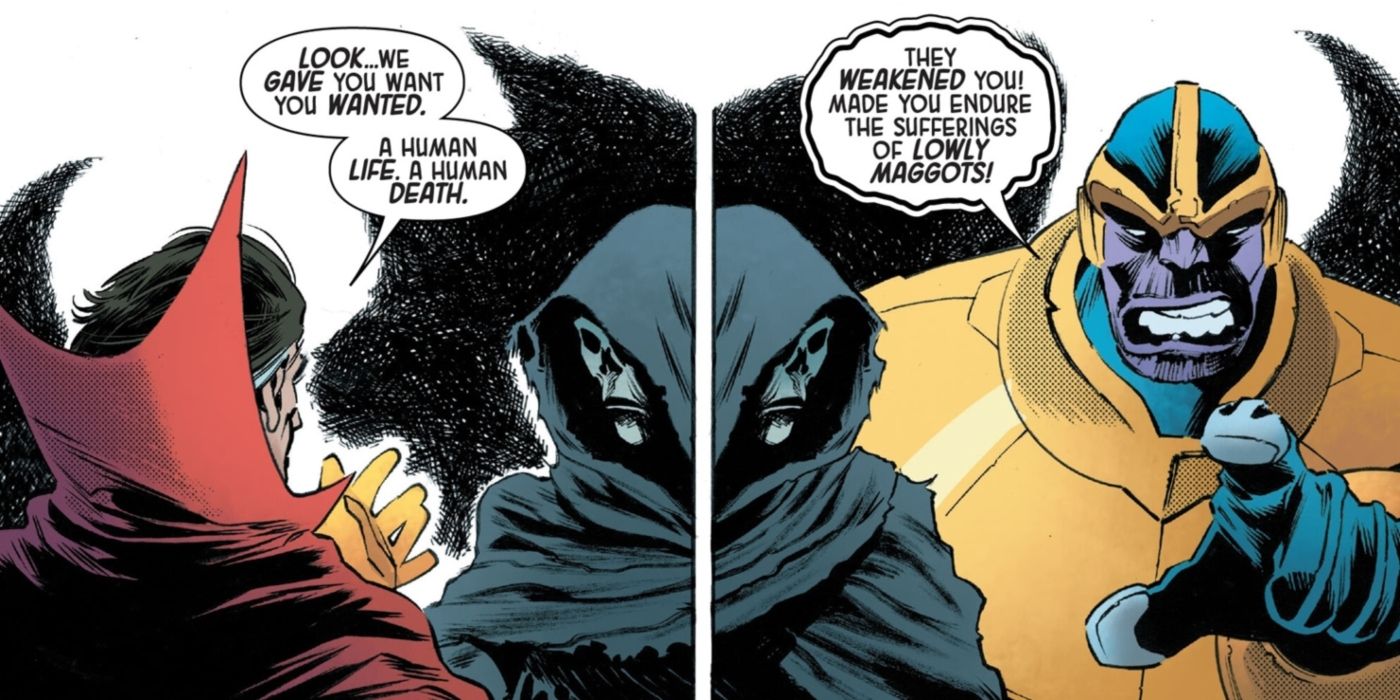
The number of differences between Avengers: Infinity War and the comic it was based off of, The Infinity Gauntlet, is a big enough subject to be worthy of its own discussion. The single most notable difference, however, may just be Thanos’ motivation for wiping out half of all life in the first place. In the films, Thanos goes on at length about his strange ideas for resource allocation, in which the universe’s resources can only be shared if the population is randomly culled with universal genocide.
Meanwhile, Thanos’ motivations for causing so much death in the comics are much more emotional. Instead of feigning an interest in the well-being of the universe’s denizens, Thanos simply wants to impress the literal personification of Death in the Marvel Comics, taking the form of a beautiful woman. This may have been too strange an angle for even the MCU to take when it came to their most terrifying villain ever conceived, but either way, Thanos’ own ego is the true reason behind his wanton mass murder, no matter what excuse he may try to provide.
5. Hank Pym Was An Original Avenger
The original Ant-Man was supposed to be far more important
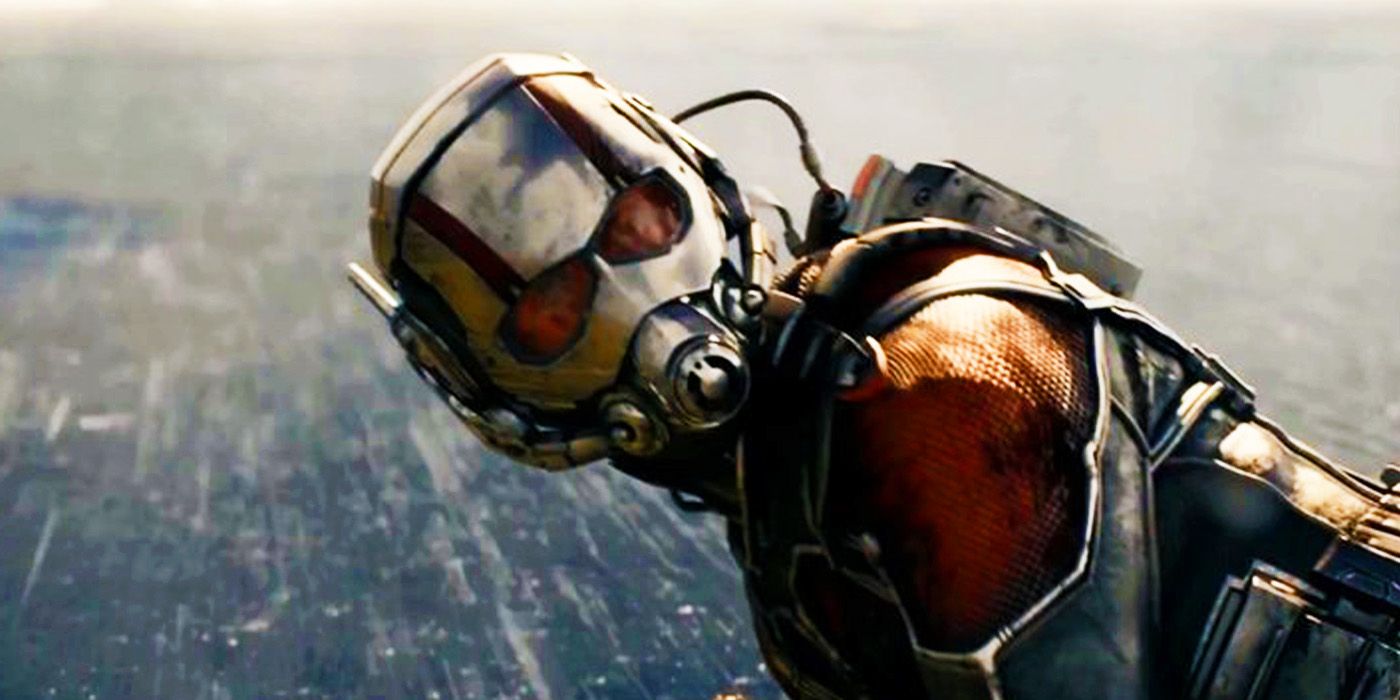
In both the comics and the MCU, Hank Pym is the original Ant-Man and genius inventor behind the famous Pym Particles, allowing for objects to be shifted in size relative to the world around them. That being said, Pym’s ultimate role in the story is far different in practice. In the films, Hank Pym is Ant-Man’s mentor, teaching Scott Lang the ropes of the technology while acting as a supporting character.
In the comics, it’s Pym himself who introduces Ant-Man to the adventures, partaking in multitudes of missions with the original Avengers lineup before eventually passing the title on to Scott Lang. He was also notable for being one of the minds behind Ultron, rather than the rogue A.I. being the brainchild of Dr. Bruce Banner and Tony Stark. Pym’s gruff and arrogant personality from the comics did survive intact, however, meaning Paul Rudd’s charming Scott Lang was likely the better choice to carry the role of Ant-Man.
4. Civil War’s Inciting Incident Was Completely Different
The Sokovia Accords are an MCU invention

Named after the groundbreaking Civil War comic run that become one of the most iconic storylines in Marvel history, Captain America: Civil War did what it could within the context of Phase 3 of the MCU. The movie version of the conflict centered around the destruction caused by Ultron in the pervious team-up film, Avengers: Age of Ultron. The resulting Sokovia Accords presented the superhero team with a schism, only deepened by the machinations of Baron Zemo.
In the comics, the Sokovia Accords was instead the Superhero Registration Act, a similar legislation that required the surrender of all secret identities and outlawed all non-government-sanctioned hero work. The Superhero Registration Act was created after a disastrous battle between the young superhero team the New Warriors and a cadre of minor villains resulted in the deaths of over 600 civilians. The MCU hadn’t yet had the time to set up as many characters as the Civil War crossover comic featured, making this change a reasonable one.
3. World War Hulk Was Hardly Hinted At
One of the most climactic battles in Marvel history never happened in the MCU
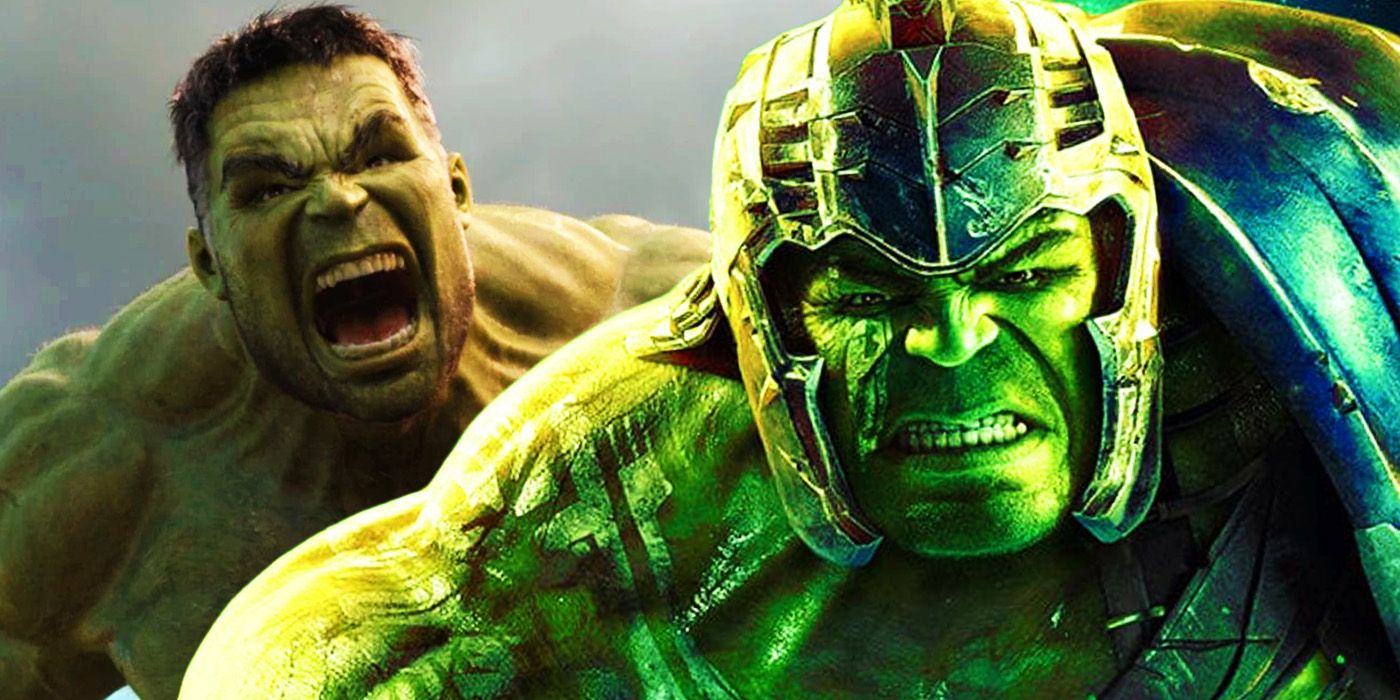
The Avengers always had to walk on eggshells around the Hulk, and the tension around this reality came to a boiling point in the iconic World War Hulk storyline. After being deemed too great a security threat and banished to space by the Illuminati, Bruce Banner’s mind becomes subsumed by the Hulk’s, who goes on to become a warlord in space. Returning to Earth to seek revenge, Hulk’s resulting rampage goes on to threaten the entire planet.
In the MCU, only glimpses of this amazing storyline are shown. Rather than be banished into space by the Illuminati, Bruce Banner absconds in the Quinjet on his own volition, though he does still arrive on Sakaar to become a beloved figure among the alien crowds. Korg and Miek, two of Hulk’s most trusted alien generals, also appear in the MCU, though as friendly wise-cracking shadows of their bloodthirsty original selves. It’s an utter shame that the MCU never got to explore a final confrontation between a hyper-powered Hulk and the Earth’s heroes.
2. The Hulk’s Origin Is Completely Different
Rick Jones has yet to make an appearance in the MCU
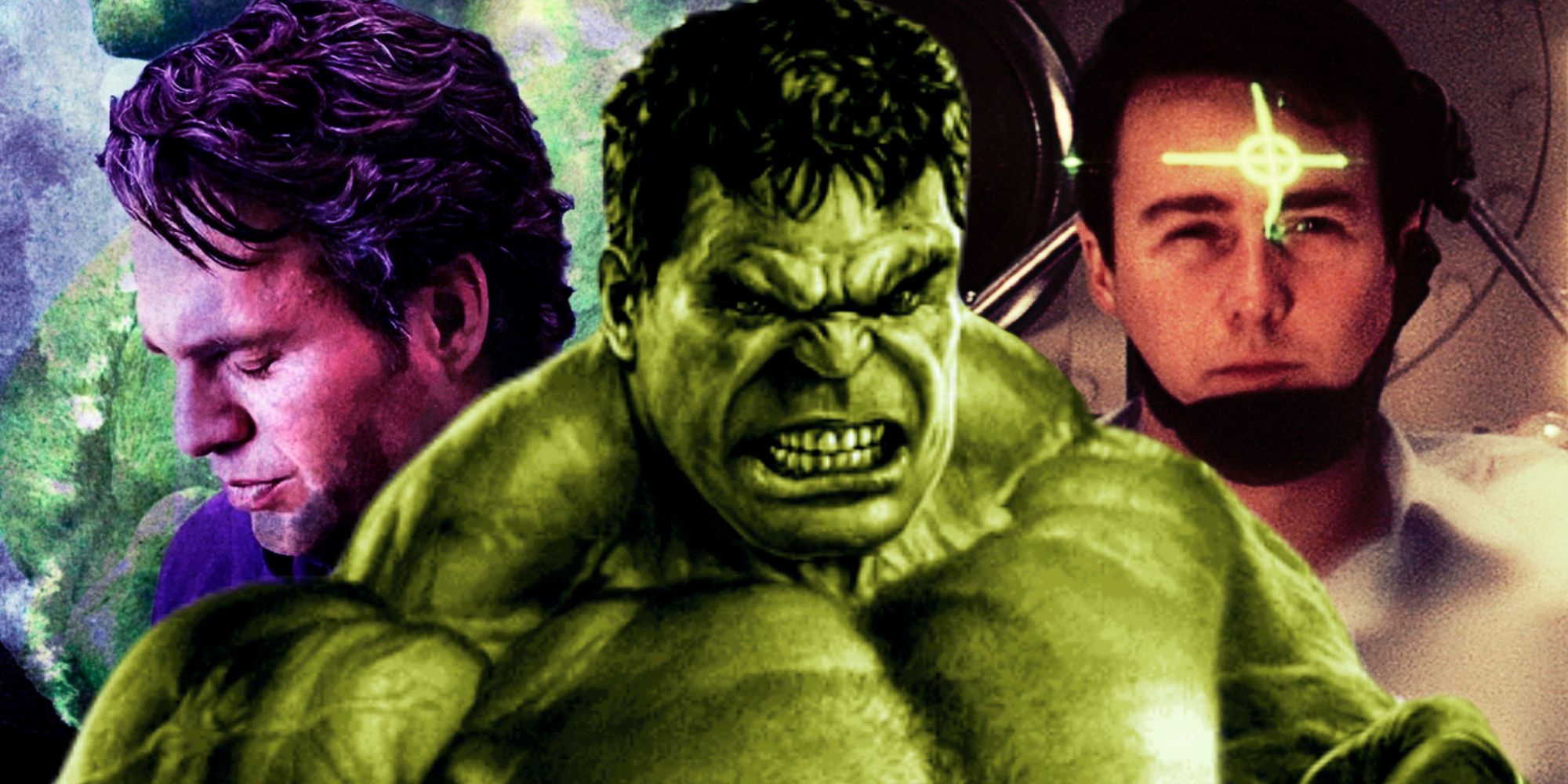
Hulk’s story within the Marvel Cinematic Universe has been repeatedly hurt by the studio’s inability to focus on the character for more than a single solo film. His very origin winds up being very different from the comics, leaving out core characters of Bruce Banner’s mythos. In the MCU, Dr. Bruce Banner volunteered for one of many experiments attempting to replicate Dr. Erskine’s super soldier serum used on Captain America, substituting vita radiation for gamma radiation and inadvertently creating the Hulk.
In the comics, Dr. Banner was actually exposed to a lethal dose of radiation in a freak accident at a nuclear bomb testing range. In an effort to get Rick Jones, a random teenager who had stumbled into the dangerous test site, out of the way, Dr. Banner winds up getting hit by a powerful blast from the experimental bomb, creating the Hulk. It’s a shame that the MCU’s revised Hulk origin meant that Rick Jones hasn’t been present in the MCU, as the character ends up gaining his own monstrous transformation as A-Bomb.
1. Thor’s Secret Identity Was Glossed Over
The MCU wasn’t fond of Dr. Donald Blake
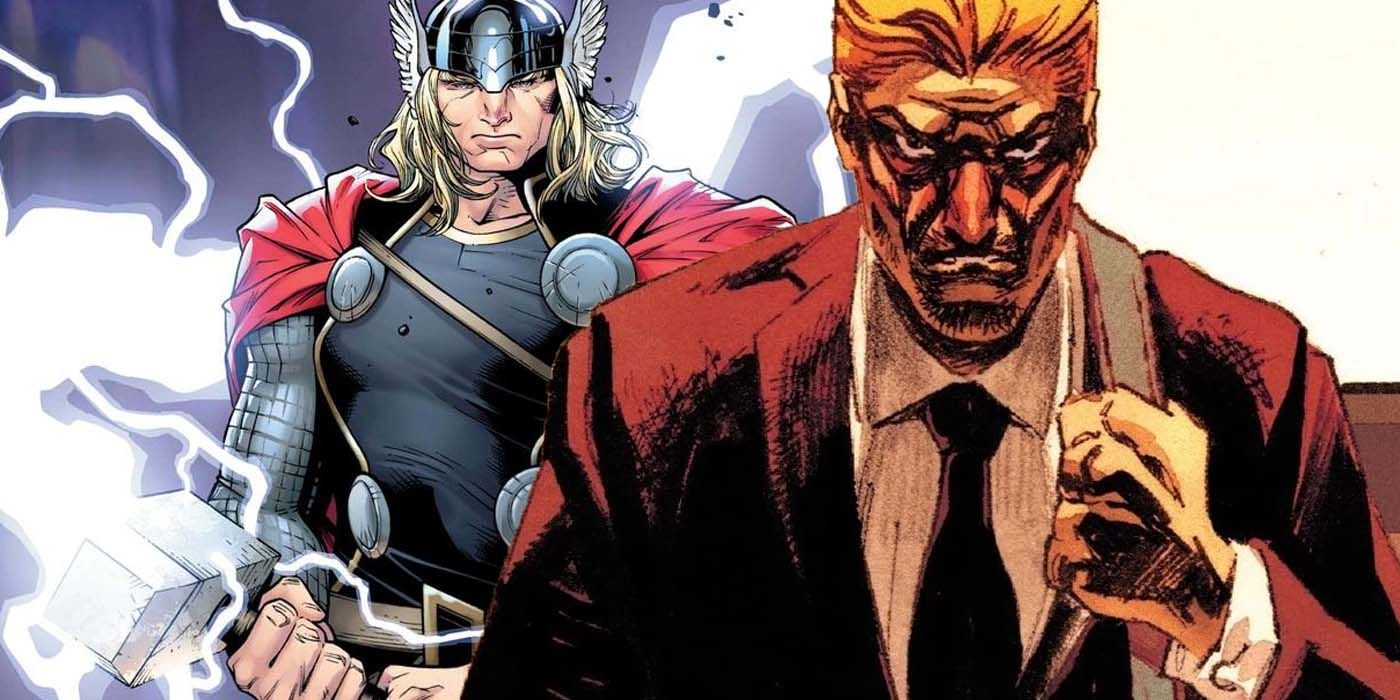
Much like his first appearance in the MCU, Thor’s origin in the comics begins with him being cast down to Earth by Odin, being deemed unworthy of Mjolnir until he can prove himself. What the Marvel Cinematic Universe leaves out is the fact that Odin also erased Thor’s memories in his original origin, making him believe himself to be Dr. Donald Blake, a medical doctor. When he eventually discovers his Asgardian heritage, Dr. Blake is able to transform into Thor to fight crime on Earth, disguising his hammer as a simple walking cane.
The MCU movies only barely gloss over the Dr. Donald Blake persona, never having Thor lose his memories or assume much of a human disguise. He briefly assumes the identity of Dr. Blake, revealed to be a separate person who used to date Jane Foster, to sneak out of custody, but the name never comes up again in the subsequent Thor movies. The Marvel Cinematic Universe seems to have a particular disdain for secret identities in general for its major characters, and Dr. Donald Blake was no exception.




